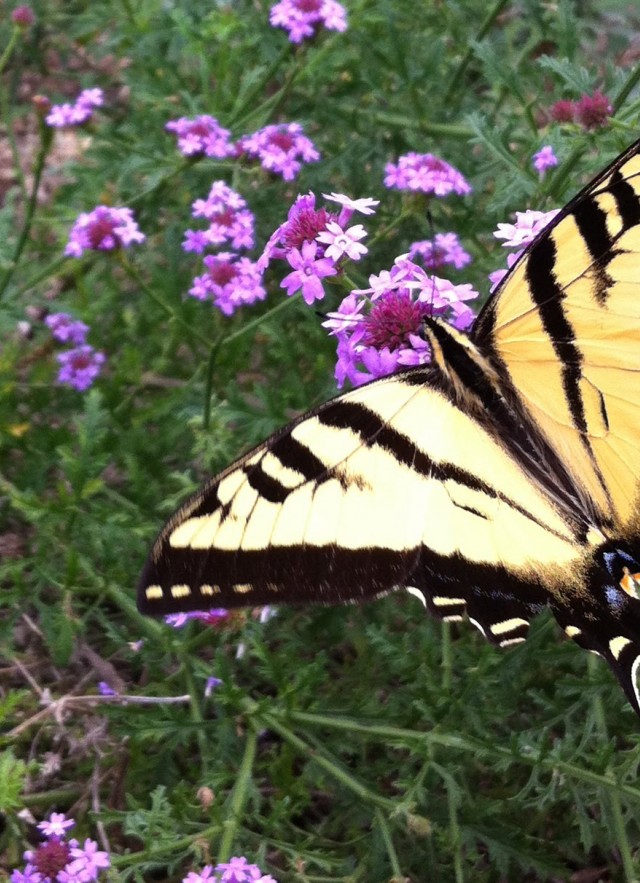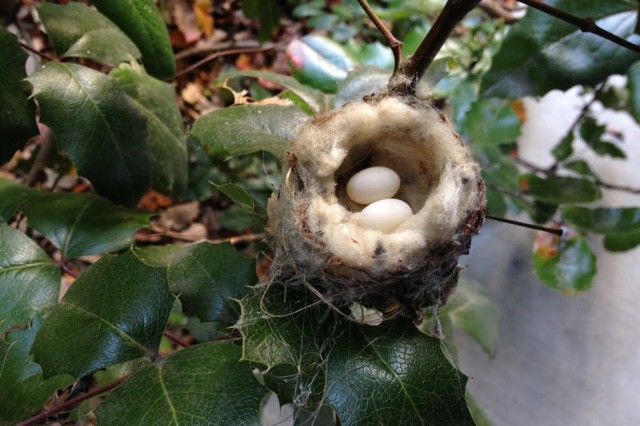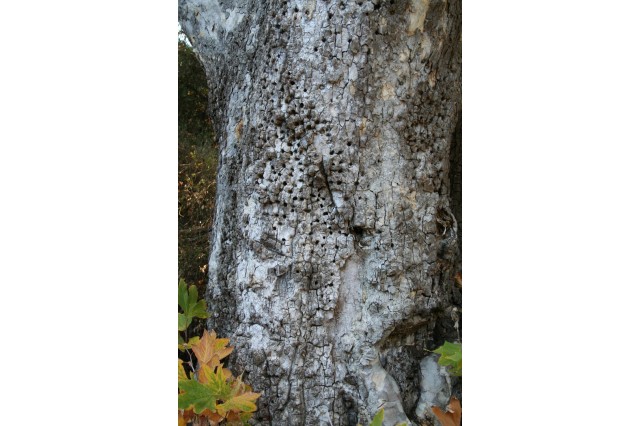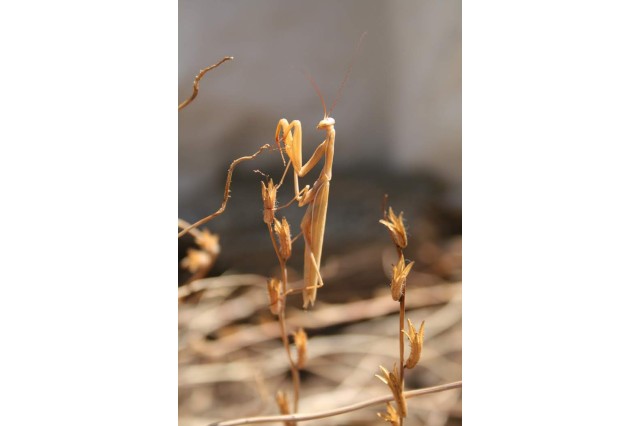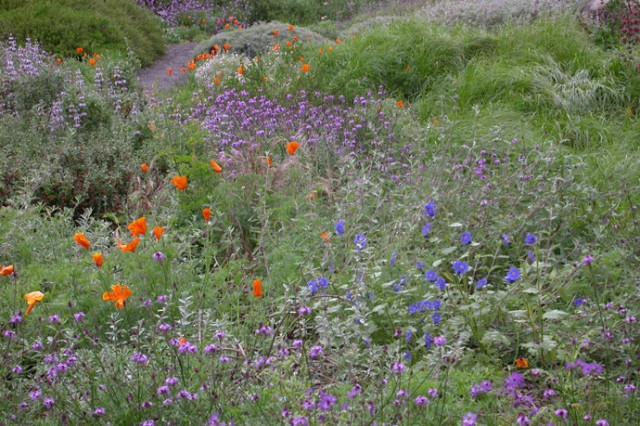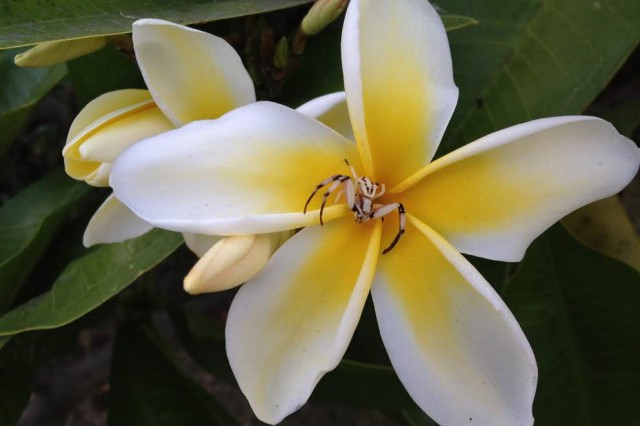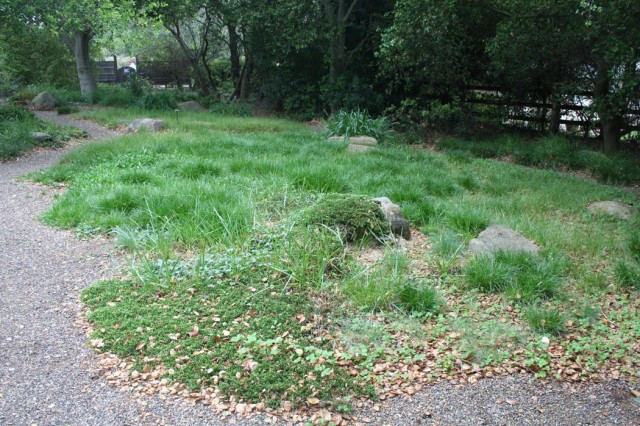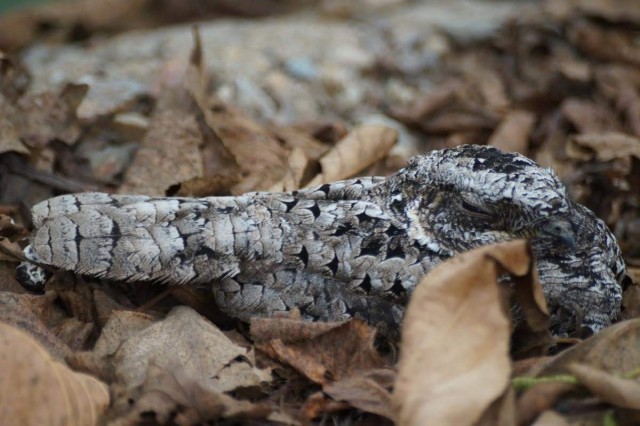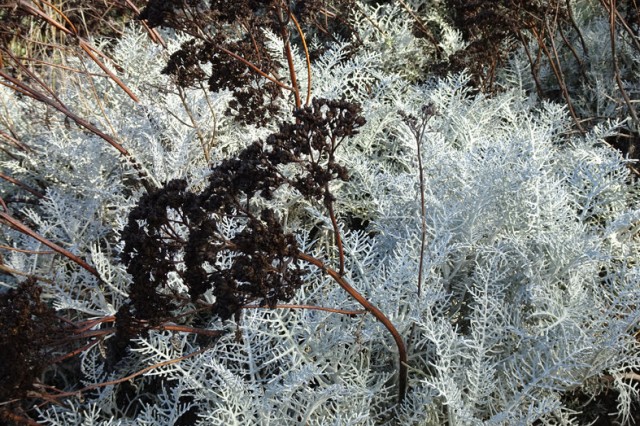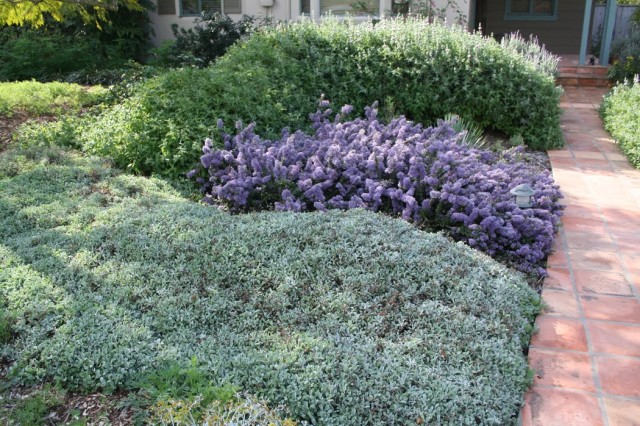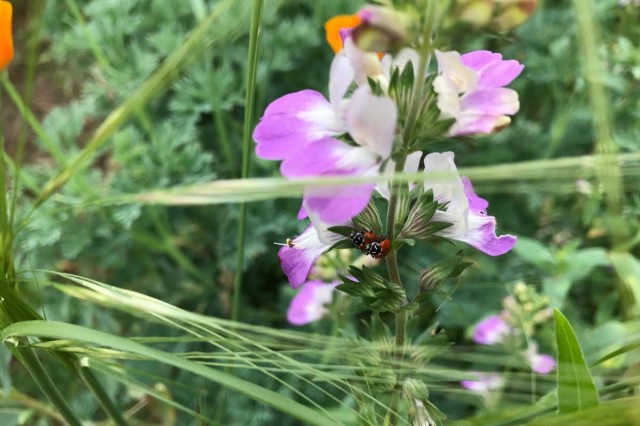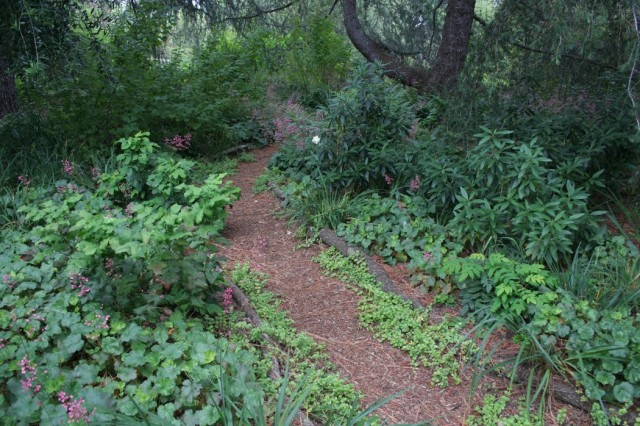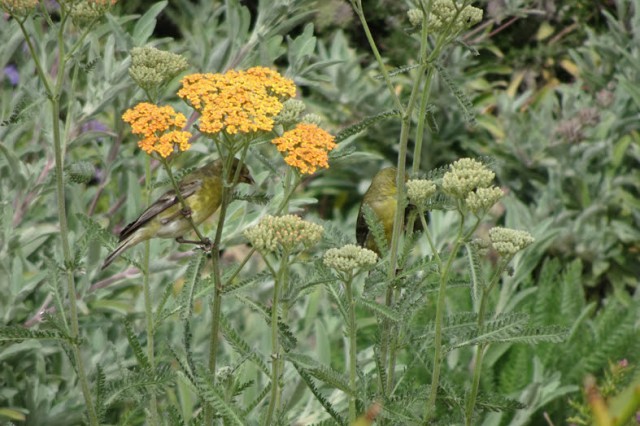If you’d like to attract hummingbirds, butterflies, lizards, and other creatures into your garden, start with the four basic ingredients: food, water, shelter, and space to raise their young. Scroll down for more useful tips to create a welcoming garden.
- Offer food—flower, fruit, and seeds—throughout the year, not just in one season. This supports local wildlife, not just migrating species.
- Don't forget water to drink and bathe in. Keep birdbaths clean to avoid spreading diseases and to eliminate mosquito larvae. Situate the water in an open spot to deter predators.
- Learn which plants are native to your area. They are more likely to thrive because they are better adapted to your local soil and microclimates.
- Aim for high diversity of plant species to attract different animals. Bonus tip: Big drifts of flowers attract butterflies, so create large patches of each type of plant you choose.
- Decrease or remove your lawn—it offers little in terms of wildlife habitat. If you decide to keep your lawn, can you make it smaller? You can even mix in a few native ornamental bunchgrasses, which provide food and nesting material for animals.
- Allow leaf litter to accumulate—this natural mulch provides habitat for insects and a place for seeds to accumulate instead of blowing or washing away. Leave dead trees or branches in place if they don’t pose a safety hazard, and avoid pruning during nesting season. Remember, brown is one of nature’s colors!
- Create continuous layers of foliage from the ground up to the treetops. Different creatures use each zone.
- Eliminate toxic pesticides. Birds, bats, lizards, frogs, and toads help control insects naturally. Let them help you achieve a balanced ecosystem in your garden.
- Manage your pets. Cats are excellent hunters—killing billions of birds and lizards every year—and dogs chase squirrels and birds.
